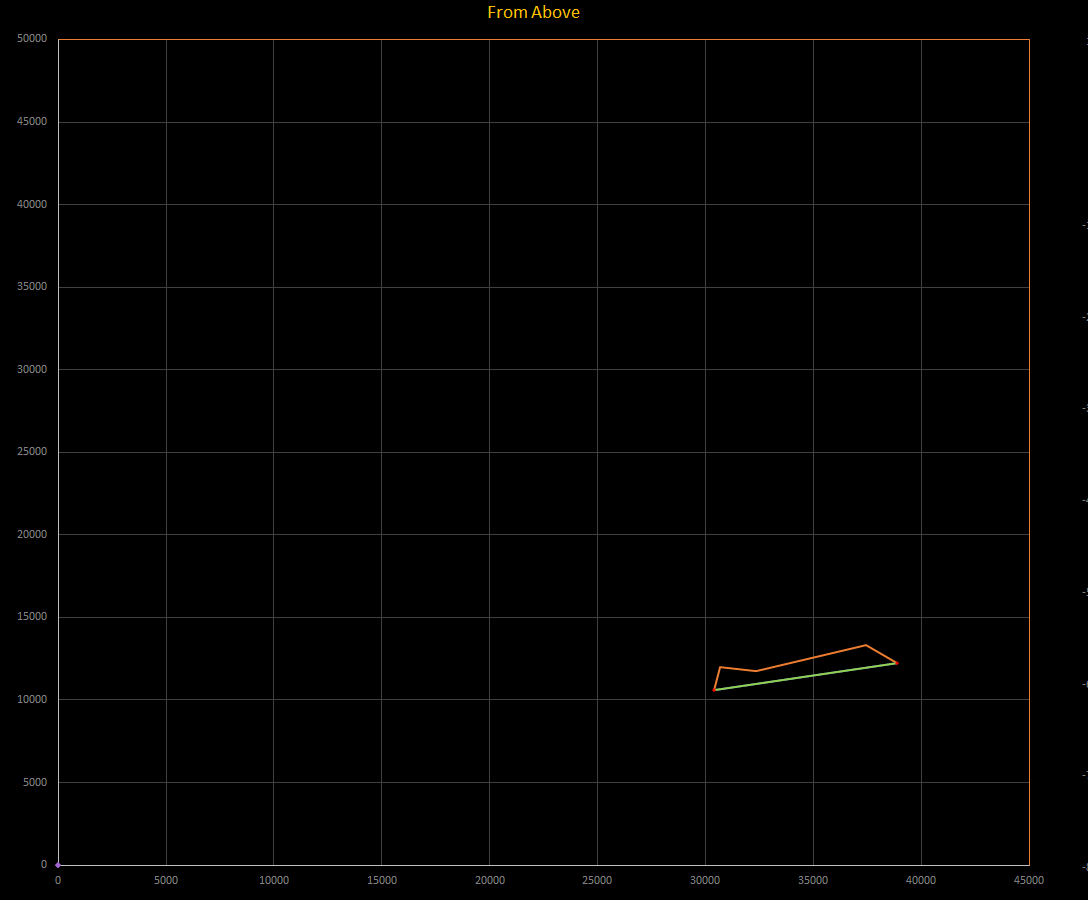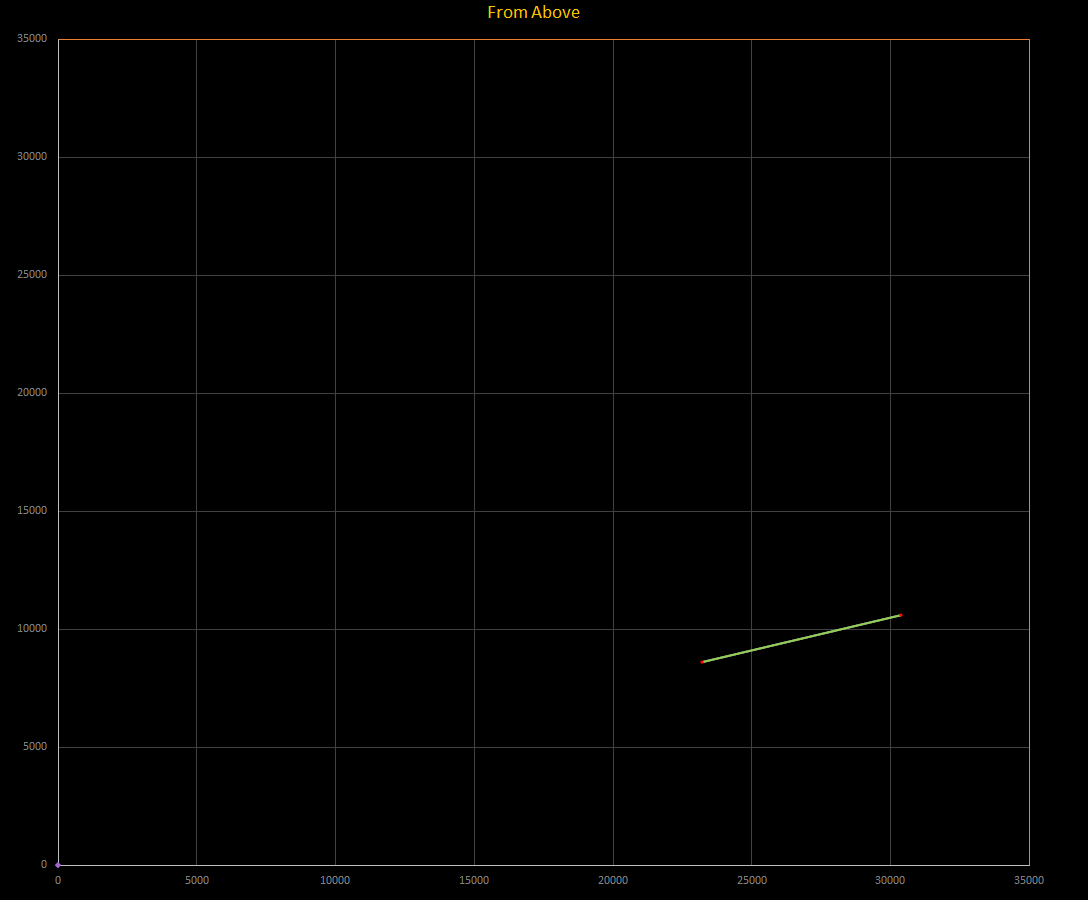We launch the final leg of Celebration of Early Astronomy 7 by departing from the first ever discovered black hole, and headed towards the first of another type of stellar corpse, LGM-1, which is both the first ever discovered neutron star, and first discovered pulsar.
- Anchors
Dates
Start Date: March 9, 2025
End Date: March 23, 2025
Distances
Basecamp Line: 3,518.20 Ly
Main Waypoints: 6,822.46 Ly
Optional Waypoints: 7,890.99 Ly
Map, (click for full size):

Basecamp: LGM-1
Mid-Leg Event: QZ Vulpeculae
Main Waypoints
- Map References quick reference list, more details below
- KOI 4939
- HD 188504
- QZ Vulpeculae
- CSI+19-20105
- HD 343965
- LGM-1
Main Waypoints Details
- Map Reference: KOI 4939
- POI: Kepler-486b (False positive exoplanet)
- This is a bit of a different one for CEA. KOI 4939.01 also known as Kepler-486b is actually NOT a real exoplanet. It was later discovered in 2016 to be a false positive. This highlights the importance of the scientific process in astronomy and confirming observations by peer review and additional observations.
- Caltech NASA Exoplanet Archive Link
- EDSM Link
- Map Reference: HD 188504
- POI: Platais 10 Cluster
- HD 188504 is a binary star system and a member of the Platais 10 star cluster, an open cluster in the area.
- SIMBAD Link
- EDSM Link
- Map Reference: QZ Vulpeculae
- Discovered by the Ginga telescope in April 1988 when it produced an X-ray nova caused by matter falling in from it’s K class companion into the black hole classified as GS 2000+25. In 3308 it is found to also contain some other bodies, including a terrestrial planet with ammonia based life.
- SIMBAD Link
- EDSM Link
- Map Reference: CSI+19-20105
- POI: NGC 6886
- NGC 6886 is a planetary nebula discovered by Ralph Copeland in 1884. It is located in the Sagitta constellation region of the sky. The central star is a post-AGB star with 55% of the Sun’s mass, but 2700 ± 850 times its luminosity. The nebula is thought to have been expanding for between 1,280 to 1,600 years.
- SIMBAD Link
- EDSM Link
- Map Reference: HD 343965
- HD 343965, also known as HIP 94327 is a blue-white B class main sequence star in the Vulpecula constellation of the sky.
- SIMBAD Link
- EDSM Link
- Map Reference: LGM-1
- LGM-1, officially designated as PSR B1919+21 is the first ever discovered pulsar in 1967 by Jocelyn Bell Burnell. It is also the first ever discovered pulsar as well since it is a neutron star of the pulsar variety. Due to the nature of pulsars as a repeating radio source not being a known phenomenon at the time, it was at first thought to be a signal from an alien intelligence. Originally named LGM-1 standing for “Little Green Men” because of that assumption. Later observation into it led to the discovery of pulsars and their nature.
- SIMBAD Link
- EDSM Link
Additional Waypoints
- Map References quick reference list, more details below
- KOI 4939
- HD 188504
- QZ Vulpeculae
- Thailoe UO-A e4
- CSI+19-20105
- Traikeou OR-W b5-0
- HD 343965
- LGM-1
Optional Waypoints Details
- Map Reference: Thailoe UO-A e4
- AKA: Existence in Desolation
- This system harbors an extremely rare ringed Earth-like moon orbiting a ringed Y-class dwarf star. What’s more, this planet exhibits many rarities, such as very high ice content (88.9%), high argon content in its atmosphere (43.4%), very low density (2.292 g/cm^3), and zero orbital eccentricity. Further, the system’s primary star is an A2 VAB — this planet represents the very first Earth-like found around this type of star. A2 stars in general are quite disagreeable to the formation of Earth-like planets (thanks to their short lifespans and high radiation), so very few have been found around them.
What’s especially appealing about this world is the low concentration of stars in its vicinity, thanks to its location 800 light years below the galactic plane, on the Orion-Cygnus Arm. This produces unobstructed, scenic views of the galactic plane on one side, and the inky black on the other. Thus the name: this planet affords life in a region of scarcity and desolation. For explorers looking to visit this world, it lies just under 9,000 light years away from Sol, making it quite accessible. - EDSM Link
- Map Reference: Traikeou OR-W b5-0
- POI: Goliath’s Rest Stop
- A scenic stopping location near the hyper-luminous Traikeou Goliaths. Planet C 3 is an earth-like world with a moon orbiting at no more than 0.1 light-seconds. Terrific and varied views are possible due to the 60 degree orbital inclination of the moon. If you arrive at the right time, the Traikeou nebula can also be observed while admiring the earth-like world. A water world with a moon just as close can also be found, but the water world is both smaller and less colorful. An ammonia world rounds out the collection of life types.
- EDSM Link







